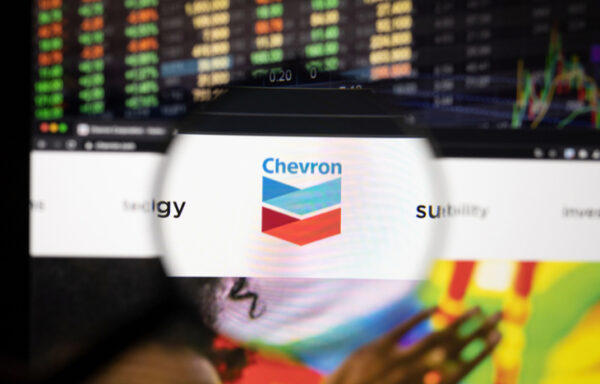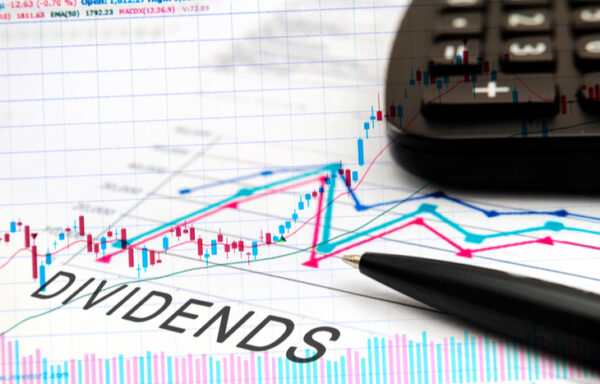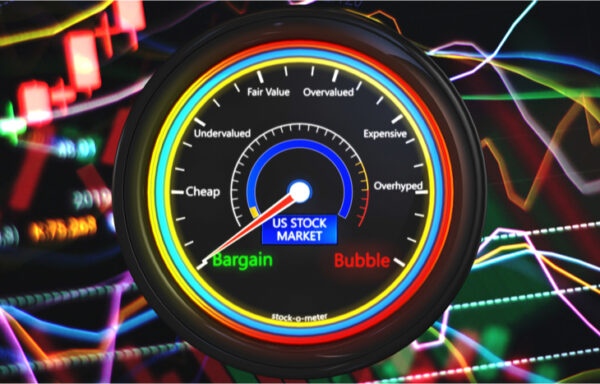Does Philips Stock Have a Bright Future?
Koninklijke Philips (NYSE: PHG) is older than the Dow Jones Industrial Average. And if it were an American company, it would likely be a part of it.
The multinational Dutch electronics company is among the world’s largest. In addition to its flagship lighting business, the company also has vast healthcare and tech operations. And Philips stock gave an enviable performance over the last year.
Philips has gained more than 10% in 2017, and it’s easy to see why. It’s one of the leading manufacturers of lightbulbs and CT scan machines – both things we invariably need.
But is it too late to get in on the Philips stock rally? As a Dutch company, it’s exposed to risks related to the instability of the Eurozone.
Amid these vulnerabilities, Investment U readers are wondering… Is it still a good buy?
To find out, we ran Philips stock through the Investment U Fundamental Factor Test.* (As a reminder, our checklist looks at six key metrics to diagnose the financial health of a stock.)
![]() Earnings-per-Share (EPS) Growth: Philips stock starts our test on a very positive note. Average EPS growth in the electronics industry is quite respectable, at 22.24%. But Philips smashes that industry average with an EPS growth rate of 158.10% in the last 12 months.
Earnings-per-Share (EPS) Growth: Philips stock starts our test on a very positive note. Average EPS growth in the electronics industry is quite respectable, at 22.24%. But Philips smashes that industry average with an EPS growth rate of 158.10% in the last 12 months.
![]() Price-to-Earnings (P/E): Once again, Philips significantly outperforms its industry rivals here. It’s trading at just 18.33 times earnings, which is significantly lower than the average of 37.75 times earnings. Philips stock is not overvalued.
Price-to-Earnings (P/E): Once again, Philips significantly outperforms its industry rivals here. It’s trading at just 18.33 times earnings, which is significantly lower than the average of 37.75 times earnings. Philips stock is not overvalued.
![]() Debt-to-Equity: Three stellar results in a row. Philips has a very conservative debt burden compared to its competitors. Its debts amount to just 41.50% of its equity, while many other electronics companies have sky-high debt levels. The industry average is a whopping 170.34%.
Debt-to-Equity: Three stellar results in a row. Philips has a very conservative debt burden compared to its competitors. Its debts amount to just 41.50% of its equity, while many other electronics companies have sky-high debt levels. The industry average is a whopping 170.34%.
![]() Free Cash Flow per Share Growth: Unfortunately, Philips stock misses the mark in terms of cash flow. It’s only seen 24.94% growth in free cash flow per share. Comparable companies have seen an average growth rate of 162.11%.
Free Cash Flow per Share Growth: Unfortunately, Philips stock misses the mark in terms of cash flow. It’s only seen 24.94% growth in free cash flow per share. Comparable companies have seen an average growth rate of 162.11%.
![]() Profit Margins: Philips’ profit margin of 8.65% isn’t bad on its own. But it’s a hair below the industry average of 8.85%. We want to see outperformance, not slight underperformance.
Profit Margins: Philips’ profit margin of 8.65% isn’t bad on its own. But it’s a hair below the industry average of 8.85%. We want to see outperformance, not slight underperformance.
![]() Return on Equity: This time, Philips stock is a shade above its rivals. It’s given early investors gains of 11.94%, which beats out the industry average of 9.79%.
Return on Equity: This time, Philips stock is a shade above its rivals. It’s given early investors gains of 11.94%, which beats out the industry average of 9.79%.
(Data Retrieved from Bloomberg Finance LP)
Philips stock is a mixed bag in terms of fundamental analysis, but most of its test results are positive.
The company is ahead of the curve in terms of earnings, valuation, debt burden and return on equity. But it falls slightly short in cash flow and profit margin.
In sum, Philips stock definitely has some flaws. But the company seems efficient and thrifty enough to survive whatever the ongoing Euro crisis throws at it.
For these reasons, Philips has earned a grade of B.
*The views and opinions expressed in this article are those of the author and do not necessarily reflect the position of professional analysts.
[adzerk-get-ad zone="245143" size="4"]





